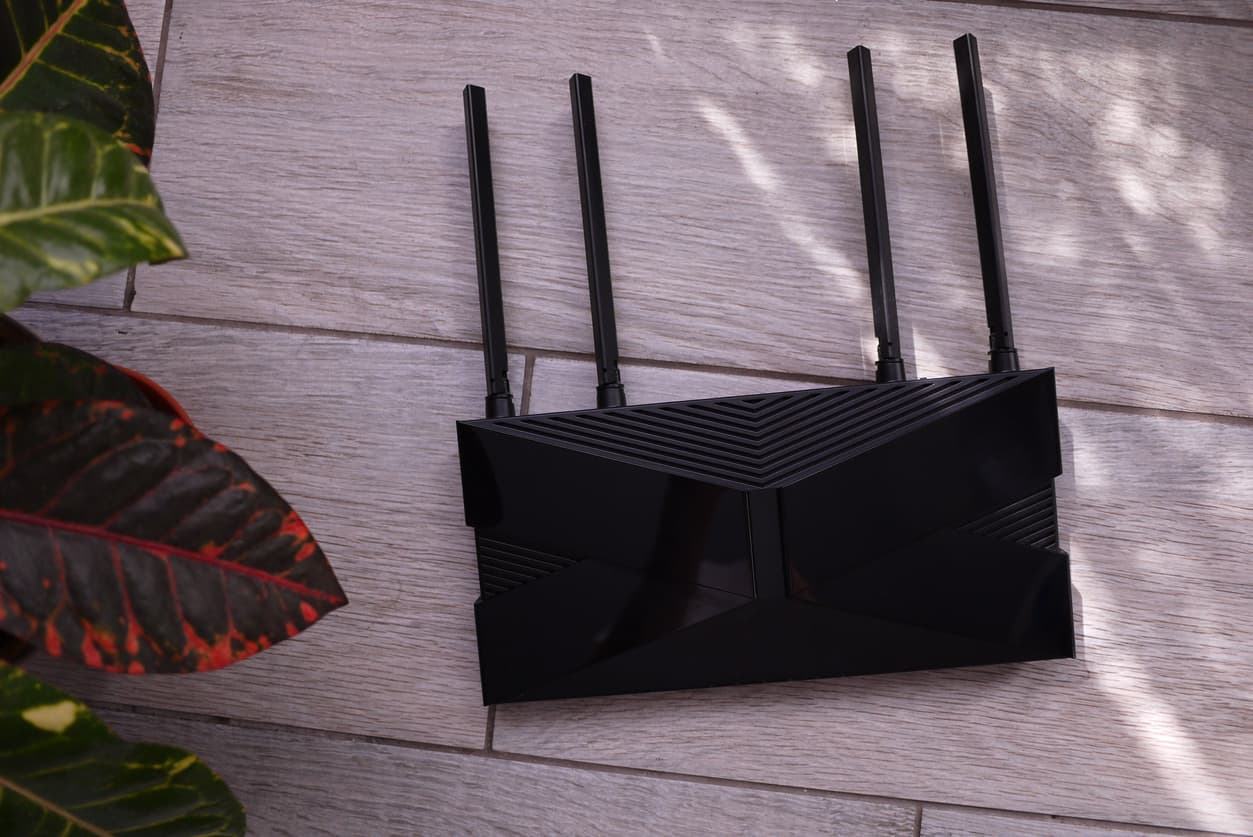Designing a WLAN or refreshing APs? Here are some tips on figuring out how many clients each AP can support.
Key takeaways:
- Access Points transmit the wireless signal from the hardwired network components so wireless devices can find it and connect.
- Factors in determining client count per AP include the type of AP and what applications clients will be using.
- 7SIGNAL recommends a maximum of 30 clients per AP in most enterprise environments.
One of your first steps in network planning an enterprise WLAN is creating a blueprint for how each area that needs coverage will get it. Access point (AP) placement is a crucial consideration in this design. You’ll need to deploy enough of these devices throughout the space so that a reliable signal reaches every area where people will be trying to connect.
For the best performance, you must carefully plan how many devices can be supported by each AP. This guide discusses how APs work and how to determine a maximum client count per AP.
How do APs work?
As a refresher, APs serve as a wireless portal that wireless clients use to access the wired network. APs are directly connected to the wired Ethernet network. The AP then transmits and receives wireless signals, in 2.4 GHz or 5 GHz, and devices can find and connect to it to get internet access. APs are used to create wireless local area networks (WLAN) in large and small settings like offices, warehouses, schools, stadiums, and more.
For APs to do their job right or even optimally, it’s crucial to carefully plan how they’re deployed within the spaces, including how many clients can connect to an AP at a given time. When you know that maximum, you can then plan out how many total APs are needed.
Key factors in determining client count per AP
A big concern is how much traffic can be supported by each of your APs. You should set maximums so that users never experience slowdowns or drops in service because there’s too much congestion. Let’s walk through some key planning factors:
- AP Generation: Older APs will support fewer clients than newer devices embedded with Wi-Fi 6 capabilities, for example. The most recent standard is optimized for higher-density areas, so the fresher the AP, the more you can potentially sustain.
- AP Spatial Streams: APs with more spatial streams can transmit data faster and also support better rate-at-range for more distant clients.
- Client Capabilities: Older clients with fewer spatial streams and older generations of Wi-Fi will consume a lot more airtime because their peak performance is slower. The more of them there are, the fewer clients per AP can be supported and still meet requirements.
- Application considerations: Another factor is the type of applications that are running while accessing the AP. The higher the throughput required for the apps, the fewer clients the AP will support. Conversely, exclusive or typical use of low-throughput applications, like clients sending emails or browsing the web, enable more clients per AP. Latency-sensitive applications will also require fewer clients per AP in order to limit channel access latency.
It’s worth noting how sequential Wi-Fi standards have changed the game when trying to determine max client count. For example, 802.11n, or Wi-Fi 4, was the first wireless standard devised by the Institute of Electrical and Electronics Engineers (IEEE) that could use 2.4 GHz and 5 GHz simultaneously. This meant that APs supporting this iteration or above had higher client counts if the clients they served were also 802.11n capable.
When planning an AP deployment, make sure you also consider coverage versus capacity. A coverage deployment is more concerned with reaching the Wi-Fi throughout a large area. In contrast, capacity focuses on providing high-performing Wi-Fi to a concentrated area where many devices try to connect.
How high can your client count go?
Theoretically, Wi-Fi APs could support 2,007 clients per AP radio. However, real-world deployments require these numbers to be much lower since multiple clients will likely be communicating, downloading, uploading, and streaming. So, assuming the theoretical maximum is very unwise.
7SIGNAL recommends a maximum of 30 clients per AP in most enterprise environments, but large public venues will usually be much higher. It all depends on the factors outlined above. Just like during rush hour, when a lot of cars are trying to drive on the same highway at the same time—and traffic jams occur—too many clients trying to share access leads to significant slowdowns.
Increase visibility with 7SIGNAL
One of the best ways to nail down exactly what a WLAN needs for better performance is monitoring and testing it 24 hours a day, seven days a week.
7SIGNAL’s wireless experience monitoring platform allows you to actively track the digital experience of each end-user. With this visibility, you can quickly assess the root cause of any issue and determine whether it’s a device or a network problem. You will also be able to figure out if another AP is needed in a wide-coverage or high-density area or if you simply need more bandwidth from the ISP.
7SIGNAL helps you significantly reduce the downtime that causes unnecessary disruptions to the workday. Instead of just dealing with problems when they cause performance issues, you can stay proactive. With 7SIGNAL, you’ll have a comprehensive picture of your network—at all times.
7SIGNAL® is the leader in wireless experience monitoring, providing insight into wireless networks and control over Wi-Fi performance so businesses and organizations can thrive. Our cloud-based wireless network monitoring platform continually tests and measures Wi-Fi performance at the edges of the network, enabling fast solutions to digital experience issues and stronger connections for mission-critical users, devices, and applications. Learn more at www.7signal.com.
